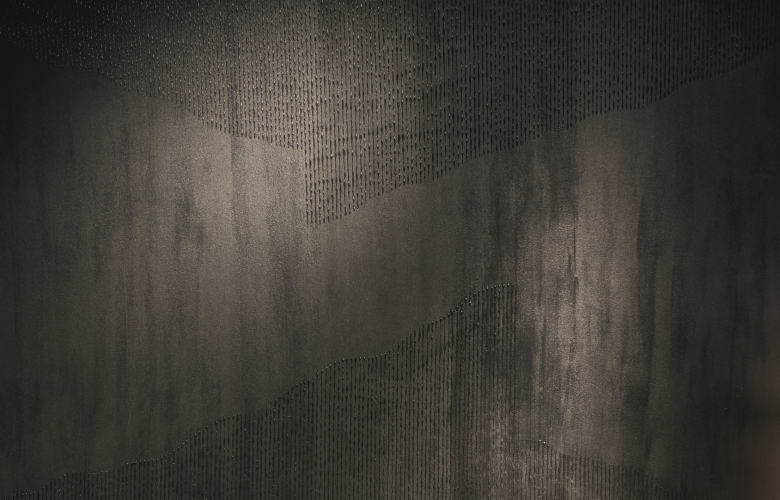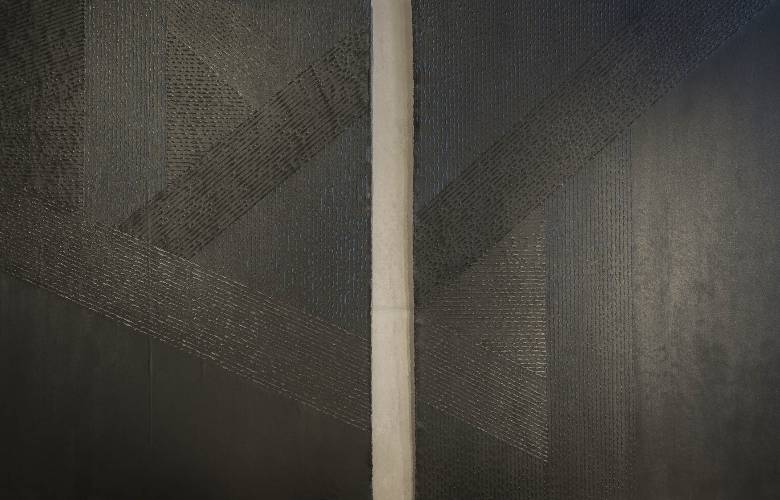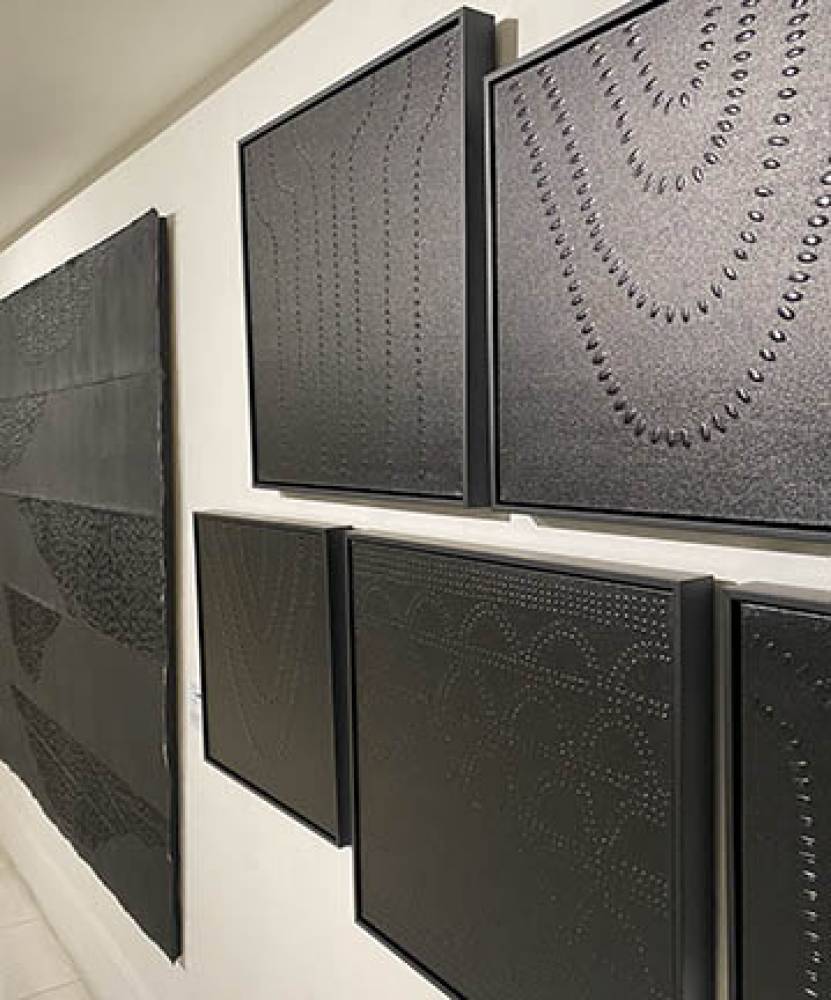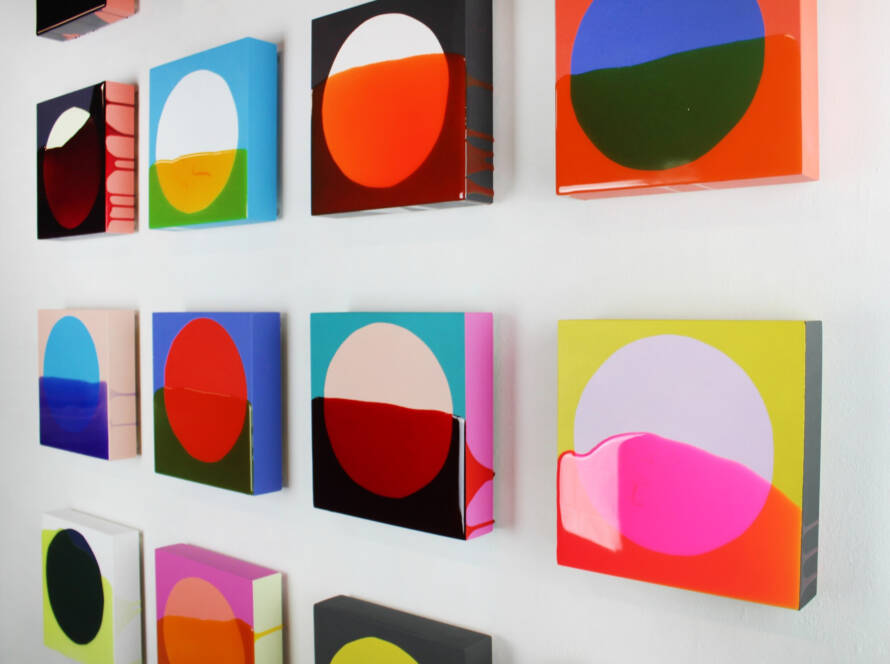Honoring Tribal Markings in Art: The Vision of Cleotha Bell
Cleotha Bell, born in Vicksburg, Mississippi in 1975, brings tribal traditions into contemporary art through expressive and vibrant canvases. After studying interior architecture and design at Milan’s Instituto Europeo di Design, he developed a deep fascination with art history, particularly the beauty and meaning of African cultures. Inspired by the profound visual impact of tribal markings and scarifications, he dedicated his practice to exploring these cultural expressions in depth.
The Journey from Milan to Miami
Following his studies in Milan, Bell relocated to Miami, Florida, where he fully committed himself to painting. He recognized that tribal markings extend far beyond decorative body art, carrying legacies of identity and belonging. To ground his work in authenticity, he immersed himself in research. Tribes such as the Bétamarribé, Ko, Nanumbas, Dagombas, Frafras, Nuer, Bodi, Mursi, and Karamojong became central to his inspiration, shaping the visual language of his work.


Symbolism and Significance of Tribal Markings
Tribal markings symbolize far more than aesthetics. They speak to beauty, fertility, adulthood, bravery, social rank, and ethnic heritage. Bell’s paintings preserve these meanings while reimagining them on canvas. His layered, dynamic compositions transform intricate patterns into powerful symbols, creating works that honor the past while engaging the present.
Creating Dialogue through Art
Bell approaches his role with humility, seeing himself as an interpreter rather than a narrator. Through vibrant color and textured surfaces, he invites dialogue about the cultural traditions that inspire him. His paintings encourage viewers to reflect on the importance of preserving tribal markings in art, ensuring these expressions of identity remain visible in a modern context.







